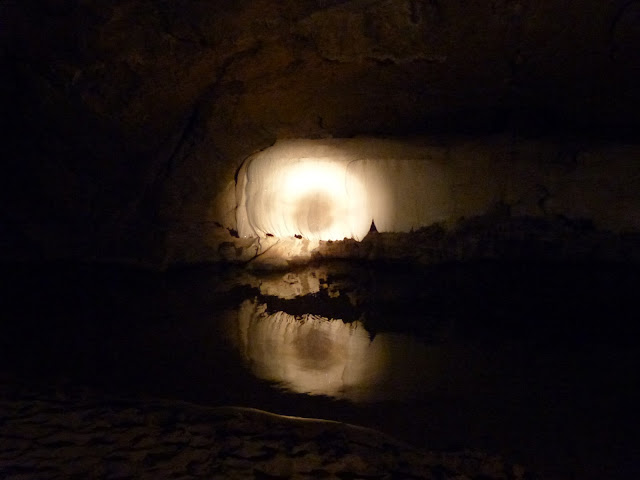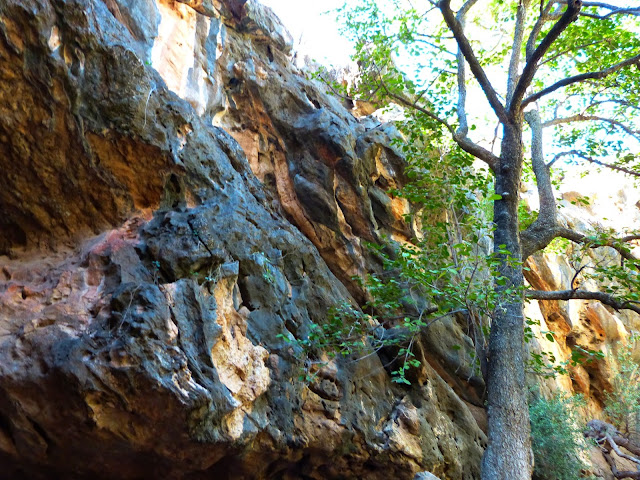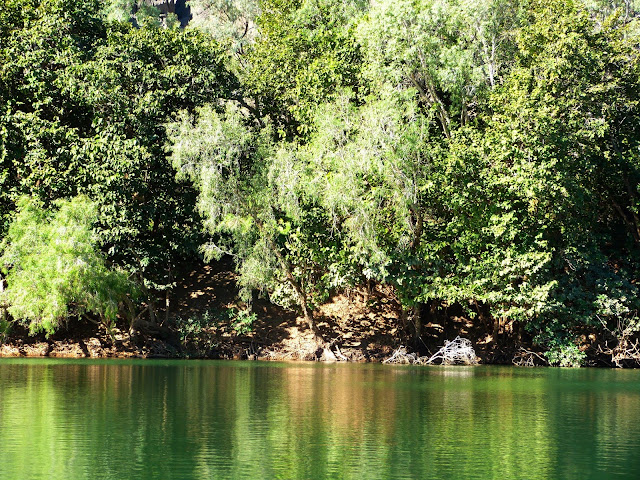Goodness, it is 30 March already, local time - Good Friday! I wish you all a very happy Easter or celebration of the Passover!
I have been very busy helping organise a number of big events. There were two in the same week just a week ago, involving a total of about 160 guests.The first was a celebration of NowRoz, the Afghan New Year, which was held to raise funds to help train science teachers, teach some young men carpentry skills and teach widows to read and write and to sew so they could support their families and villages, and the second was a ‘mini-reunion’ of people with whom I went to secondary school, and a couple of our teachers. Both were a great success and well worth the considerable work that went on behind the scenes.
But although I am now helping organise a big chemistry teacher professional development day which will be held at the end of May, and setting up other initiatives for the Royal Australian Chemical Institute, it is time to do a bit of catching up on my blog.
In my last post I wrote about the Fitzroy River. I have now gone back to all the notes we were given, and must clarify where the river cruise actually took place. It was along what is known as Geike Gorge, which the notes say is ‘an ancient limestone barrier reef that was carved out about 360 million years ago’. This explains the spectacular limestone formations we saw. I can only encourage any visitors to the area to take that superb cruise - but make sure you use tropical strength insect repellant.
That night we stayed at Fitzroy River Lodge, a big hotel-motel in Fitzroy Crossing. It was a very enjoyable stay.
The first thing we did the next day was to drive to Tunnel Creek, a 750 metre long, natural underground tunnel in the Napier Range. To get into it you had to climb down over huge boulders. I could not have done so without Chappy’s strong, steady hand, which also was always there to help me inside the tunnel in the spots where it would have been easy to trip.
What a spectacular, unforgettable experience that was, walking in our river shoes along the creek bed through the shallow cool water, with shafts of light piercing through gaps in its ceiling and revealing the creek bed and intriguing limestone formations. The cool temperatures in there were a welcome relief from the relentless heat outside - it was around 40 degrees Celsius, the wave of hot air ‘blasting’ us whenever we left our vehicle.
But what I most remember about Tunnel Creek, in addition to its sheer beauty, was the story of Jandamarra, an Aboriginal man who eventually became the leader of his people in fight against the English settlers who not only grabbed all their land but also butchered so many of them. What many of the early settlers did across Australia to our Aboriginal people, who we now know had been there for about 60 000 years, is simply appalling! Tunnel Creek was Jandamarra’s sacred place and was where he was tracked down and killed. Chappy shows us an ABC film of the story of Jandamarra after we left Tunnel Creek. It is simply called ‘Jandamarra’. I now proudly possess a copy.
The following photos show you a little of Fitzroy River Lodge, then take you on a journey to and through Tunnel Creek. Unfortunately some did not work out because it was hard to stand still, and the spaces were sometimes too large for the flash to work well.
 |
| The view from a balcony at Fitzroy River Lodge. |
 |
| Along the track to Tunnel Creek. |
 |
| The roots of trees snaked their way though the rocky ceiling to the creek bed. |
 |
| The other end of the tunnel. After a rest we had to go back through the tunnel. |
 |
| The brilliant colours of minerals in the rocks were stunning. |
 |
| Back into the tunnel. |
 |
| There were some beautiful reflections in the water. |
.






















